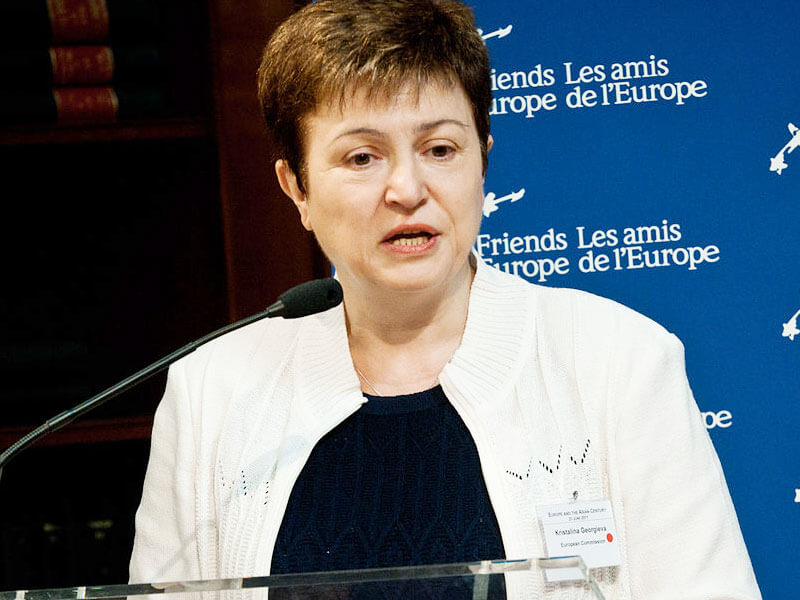- W’Bank: Economic Mobility Stalls in Nigeria, Others in Last 30 Years
Generations of poor people in developing countries are trapped in a cycle of poverty determined by their circumstance at birth and unable to ascend the economic ladder due to inequality of opportunity, a recent report by the World Bank Group has stated.
The report titled: “Fair Progress? Economic Mobility across Generations Around the World,” noted that mobility had stalled in the last 30 years.
According to the World Bank, a close examination of six large developing countries – Brazil, China, Egypt, India, Indonesia, and Nigeria – revealed that economic mobility rose in all of them from the 1940s to the 1980s, albeit to varying degrees.
However, it pointed out that since the 1960s, progress had slowed in four of these countries “and completely stalled in China and Nigeria.”
“The global trends in gender convergence are seen in Brazil, China, Egypt, and Indonesia, where the mobility gaps between girls and boys are close to zero. No such convergence has taken place in India or Nigeria, where the gender gaps are almost as large today as they were a half century ago,” it added.
The report tracked economic mobility between parents and their children through the prism of education, a critical asset that influences an individual’s lifetime earnings.
It looked at people born between 1940 and 1980, and foud that 46 out of 50 countries with the lowest rates of mobility from the bottom to the top are in the developing world.
Gender gaps, however were closing with girls in high-income countries now out-performing boys in tertiary education and catching up in the developing world.
It noted that in the not too distant future, the share of girls with more education than their parents would exceed the equivalent share for boys globally.
The ability to move up the economic ladder, irrespective of the socioeconomic background of one’s parents, contributes to reducing poverty and inequality, and may help boost economic growth by giving everyone a chance to use their talents, the report noted.
People living in more mobile societies are more optimistic about their children’s future, which is likely to lead to a more aspirational and cohesive society.
“All parents want their children to have better lives than their own, yet the aspirations of too many people –especially poor people – are thwarted by unequal opportunities,” the World Bank Chief Executive Officer, Kristalina Georgieva said.
“We need to invest in children from a very early age so that they are well-nourished and well-educated; ensure that local communities are a safe place for children to grow, learn, and thrive; and level the economic playing field by creating good jobs and improving access to finance.”
The report drew on a newly developed Global Database of Intergenerational Mobility with unprecedented coverage of 148 countries, home to 96 per cent of the world’s population.
It painted a uniquely detailed picture of socio-economic mobility and inequality of opportunity around the world. It also sheds light on the patterns and drivers of income mobility and their relationship with educational mobility by examining available data from 75 countries.
The data showed that, on average, upward mobility from the bottom had declined and the numbers of people remaining trapped at the bottom has increased in developing economies.
For individuals born in poorer households, the opportunity to climb up the ladder is narrowing in many economies in which average living standards are already much lower compared with high-income economies.


 Billionaire Watch3 weeks ago
Billionaire Watch3 weeks ago
 Startups4 weeks ago
Startups4 weeks ago
 News4 weeks ago
News4 weeks ago
 News4 weeks ago
News4 weeks ago
 Bitcoin4 weeks ago
Bitcoin4 weeks ago
 Naira4 weeks ago
Naira4 weeks ago
 Forex3 weeks ago
Forex3 weeks ago
 Treasury Bills4 weeks ago
Treasury Bills4 weeks ago
























